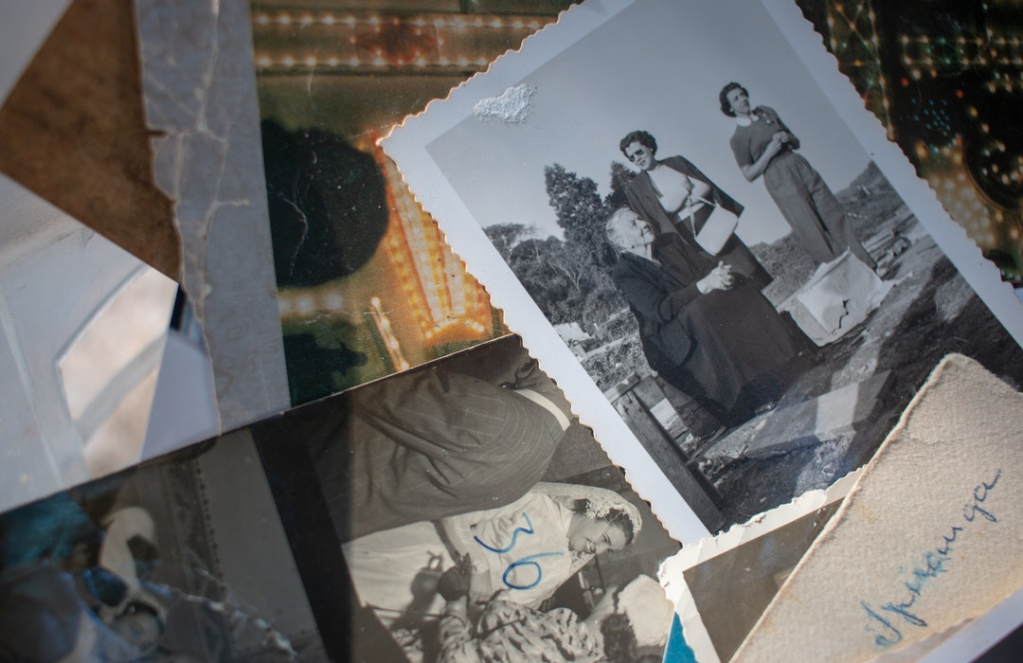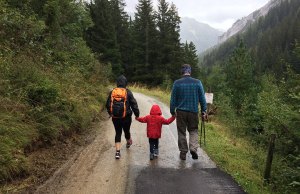

- Family constellation therapy (FCT) is an approach to healing that confronts intergenerational trauma both mystically and empirically.
- Bert Hellinger devised FCT as a way of connecting ancestral pain and traumatic events to someone’s current difficulties, then restoring peace to the system.
- Through FCT workshops or one-on-one sessions, individuals can use constellation work to restore balance and agency.
- The screenplay for Disney movie “Encanto” could have been written by an FCT facilitator.
Family constellation therapy (FCT) is a way of helping individuals heal from family trauma and suffering that’s been passed down unconsciously through generations of their bloodline. Constellation work explores these intergenerational dynamics through body, mind, and spirit.
The therapeutic approach is rooted in psychoanalytic thought as well as family systems therapy, traditional Zulu beliefs, and consciousness studies. FCT is both mystical and grounded in the hard science of epigenetics. And the Disney movie “Encanto” is a case study in how it works. So let’s get into it.

What Is Family Constellation Therapy?
Family constellation therapy (FCT) is an approach to understanding and relieving human suffering. It’s based on the idea that we all carry the weight of our ancestors’ life experiences, whether we’re aware of them or not. The approach was pioneered by Bert Hellinger, a German, Jesuit priest who did missionary work with the Zulu people in South Africa in the 1950s and ‘60s. When he later became a psychoanalyst, Hellinger integrated ideas from Zulu spirituality, Gestalt therapy, primal therapy, neuro-linguistic programming (NLP), group dynamics, body work, morphic resonance, transactional analysis, and existential phenomenology into his practice. Hellinger was clearly an emotional polymath, a true artist in the mental health field, and not everyone appreciated his unique healing modality.
The FCT process is extraordinary. First, someone has an issue that feels very present for them. Using “Encanto” to illustrate, let’s say that Abuela, matriarch of the family Madrigal, turns to FCT because she’s worried about her house falling apart. She marches into the FCT workshop and submits her issue to a facilitator and a group of strangers. The facilitator chooses people to represent different members of Abuela’s family. Someone is her son Bruno (in FCT you DO talk about Bruno). Someone is Luisa, her mighty granddaughter. Someone is Abuelo’s murdered husband. Someone might be the murderer who caused harm to the family system. Then Abuela physically places the bodies of these representatives around the room based on what feels right to her.
After the representatives are in place, their feelings and movements reveal the hidden dynamics behind the problem at hand. They don’t need to know Abuela’s history to access her “invisible loyalties”. They don’t need any background information. They don’t need to know any songs by Lin Manuel Miranda. They just go. And that’s how the magic happens. The representatives’ feelings and movements come from “the field”. The session ends when both the natural order and the client’s agency are restored through a reconfigured system.
What Is Intergenerational Trauma?
Intergenerational trauma, also known as multigenerational trauma or transgenerational trauma, is a distressing psychological experience that affects multiple family members through the generations. It’s a type of trauma that’s become part of a family’s collective memory. Though family members may be consciously ignorant of their ancestors’ past trauma, the legacy still has the power to shape their emotions and behavior. For example, think of the African-American descendants of enslaved people, or the grandchildren of Holocaust survivors. An FCT facilitator would say that these family members still carry the emotional weight of their ancestors’ historical trauma.
And the scientific field of epigenetics tends to back up that assertion. Studies show that trauma can actually alter an individual’s genetic expression. This means that a baby can literally inherit a mother’s traumatic experience through the uterine environment. When pregnant Canadians were subjected to 45 days without electricity during extreme cold in 1998, their children–the so-called “ice storm babies”–still exhibited changes in their DNA 13 years later. Biological memory exists, and it’s what practitioners of constellation work want to access, and ultimately resolve.
What If That’s All Too Unorthodox for Me?
Family constellation therapy isn’t for everyone. We all seem to have specific keys that unlock our distress and help make sense of the world around and within us. You may not want to explore your psyche in front of other people, for one. (Though FCT sessions can also take place one-on-one, using footprints, pieces of paper, or simply imagination. My godmother even did a constellation for me via email that blew my mind.) But at the very least everyone can benefit from thinking about their family tree and the way their ancestors’ experiences shaped their family culture, if not their DNA. Abuela has a lot of stories to tell, and they’ll eventually come out, one way or another.
















